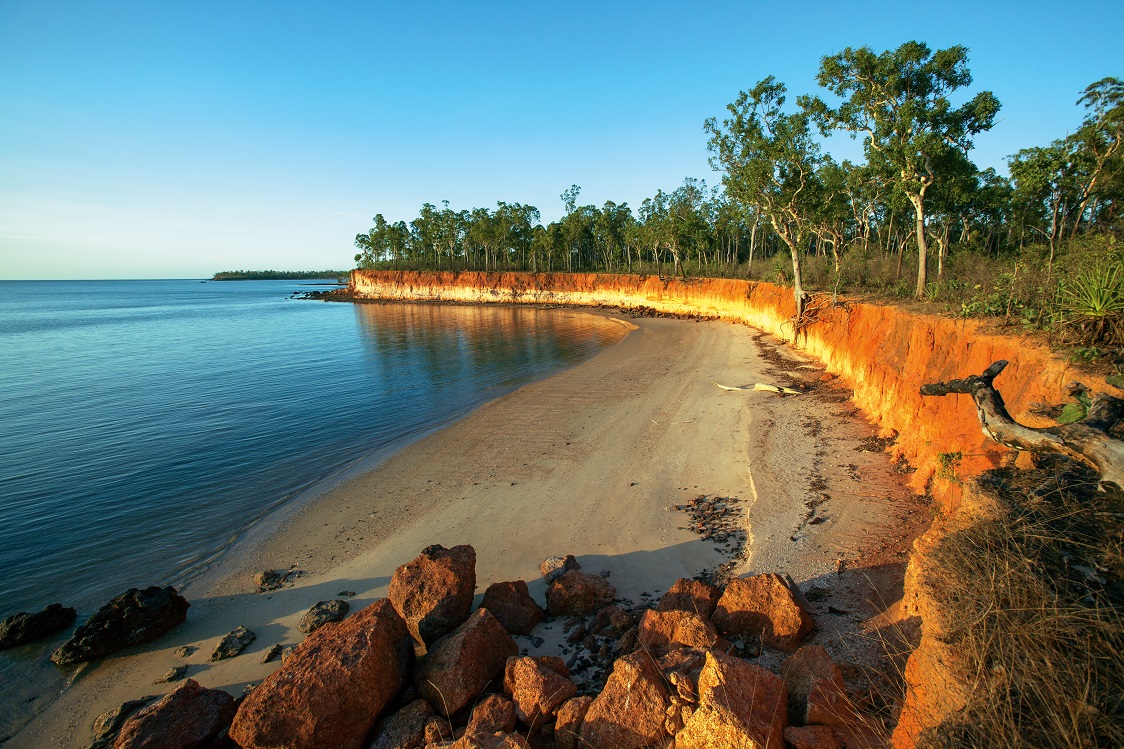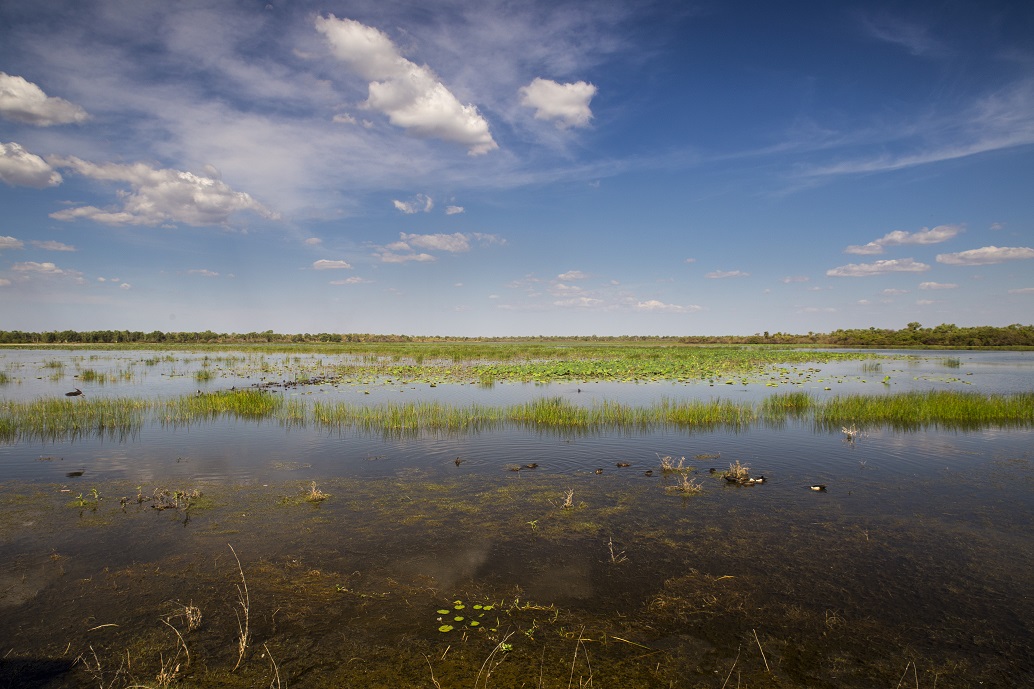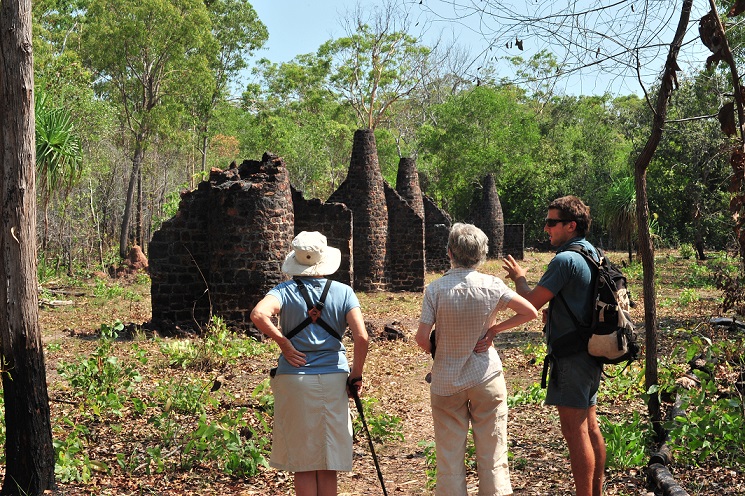Cobourg Peninsula information
Garig Gunak Barlu National Park, pronounced Gah-rig Goon-uk Bar-loo (Cobourg Peninsula) was the first National Park in Australia to be jointly managed by the Aboriginal traditional owners in conjunction with Parks and Wildlife. Located 570 km (by road) northeast of Darwin, the park lies within the clan estates of the Iwaidja speaking people. The region is home to the world’s first Ramsar Wetland, the world’s largest herd of wild banteng as well as the historic remnants of the Victoria Settlement and Macassan traders. Also known for its diverse environments the park boasts the NT’s largest Marine Park, alive with over 250 species of fish and 6 of the 7 species of marine turtle.

Garig Gunak Barlu National Park and Marine Park covers an area of approximately 5000square kilometres all of which is virtually uninhabited. With the aim of protecting and minimising the environmental impact on this pristine area, Traditional owners have agreed to allow 15 vehicles into the park at any one time meaning you’ll hardly see another person the whole time you are there!
Australia's first recognised Ramsar Wetlands Area (wetlands of international importance) is located on the far North point of Cobourg and is a major destination for migratory birds to Australia.
Heralded as a world class fishing destination the marine park also provides habitat to a large variety of other amazing aquatic creatures. Six of the seven species of marine turtles inhabit the waters along with dugong, dolphins, sharks, crocodiles, stingray’s, mud crabs and plenty of fish. Low tides provide great opportunities to explore exposed coral reefs and rock pools which are home to a variety of interesting and unusual sea anemones. Many of the beaches are also commonly used as turtle nesting areas and covered in a wide range of shells.

History of the Cobourg Peninsula
Cobourg offers a unique historical opportunity to view the remains of early settlement attempts by the British. Many remains can still be seen today at Victoria Settlement. This was the third failed attempt by the British to colonise the North of Australia.
This military outpost intended to protect the north of Australia from foreign invasion. It was also established to create a vital trading route to the Indonesian archipelago. Surviving for only 11 years - 1838 to 1849 - when it was abandoned. Isolation and disease accounted for 60 deaths from a population high of 200. The ruins of Victoria Settlement's buildings with their distinct Cornish rounded chimneys stand as a monument to the hardships faced by the early colonists.
Members of the Madjunbalmi clan are the traditional owners of the land here and play an important role in its management.

Read more about the history of Victoria Settlement here.
Want to see the Cobourg Peninsula first-hand? Head over to our tours page to book a Cobourg Peninsula tour today. You can also find information about our camp on the Cobourg Peninsula here.
© 2014 Venture North | ABN: 34 142 533 113 | Privacy Policy | Terms & Conditions
Darwin Web Design by Dash Media


